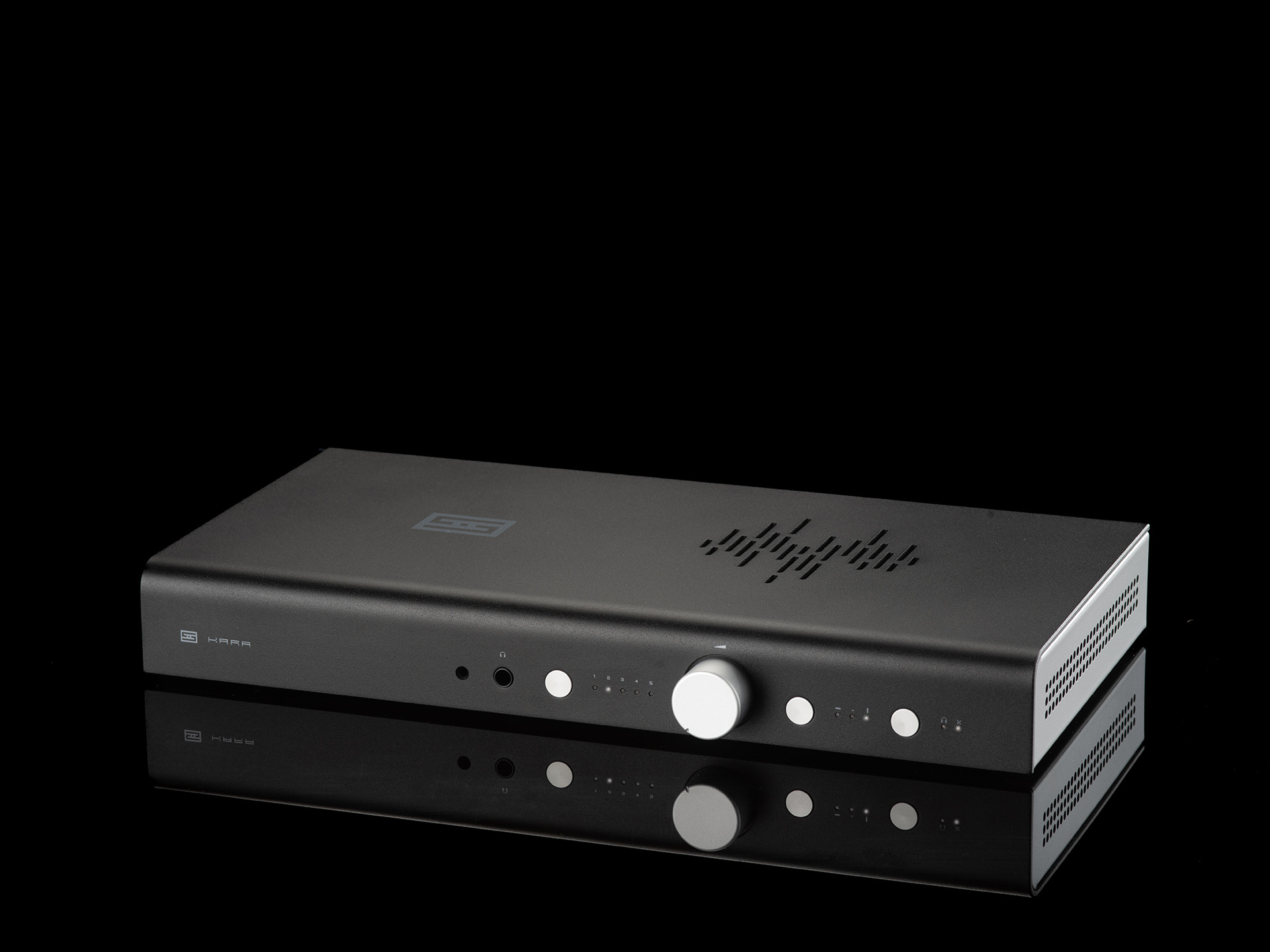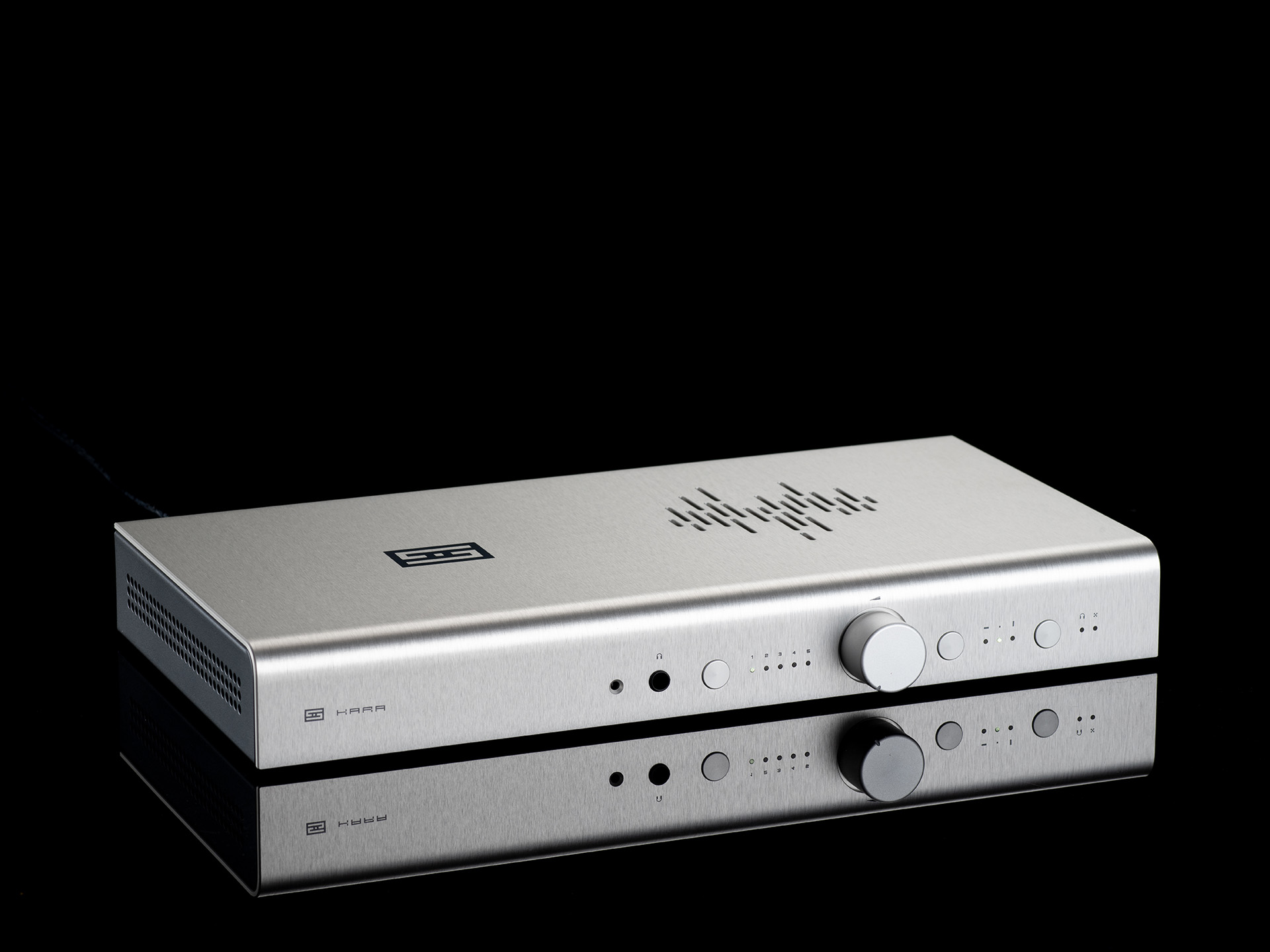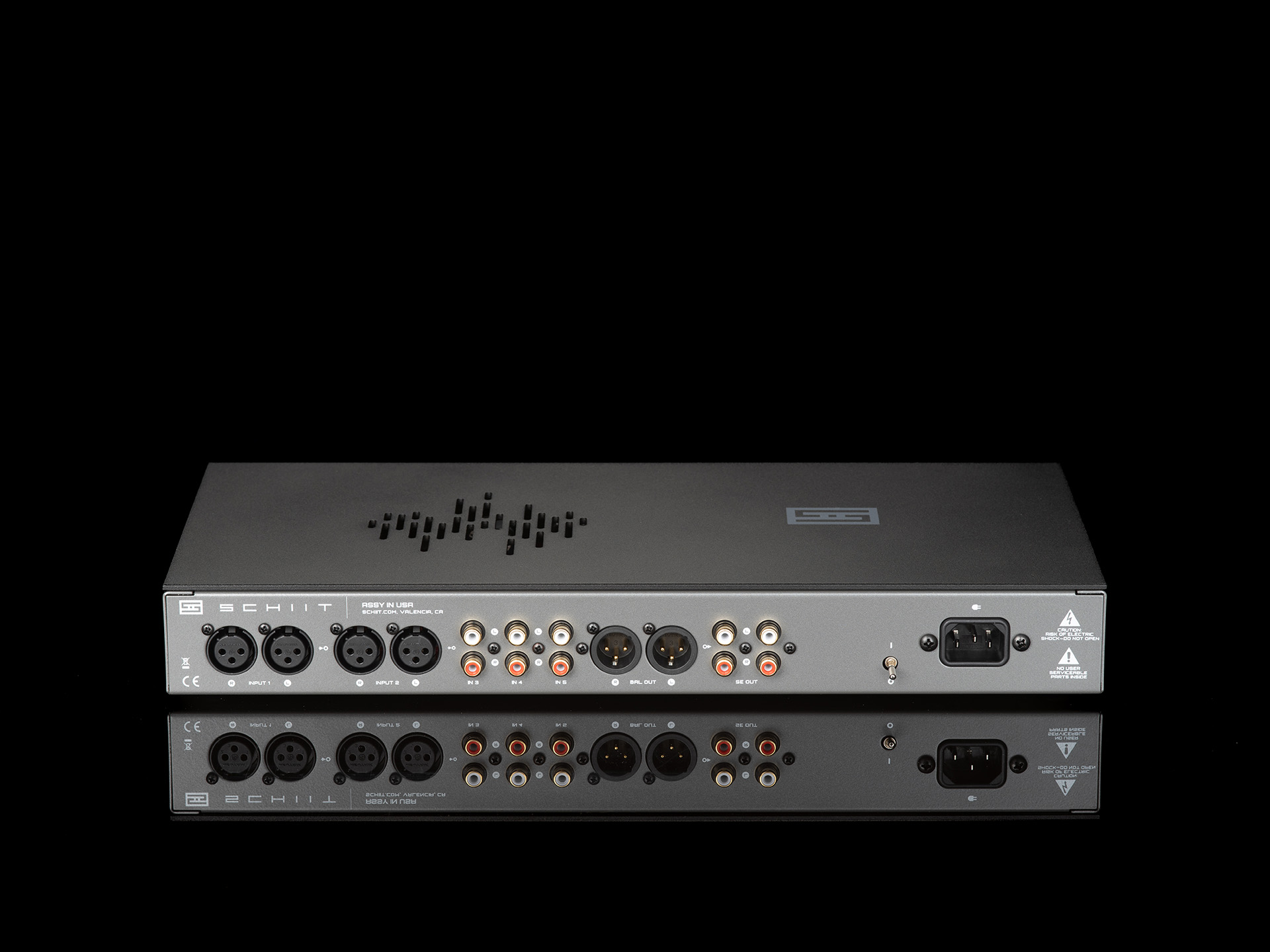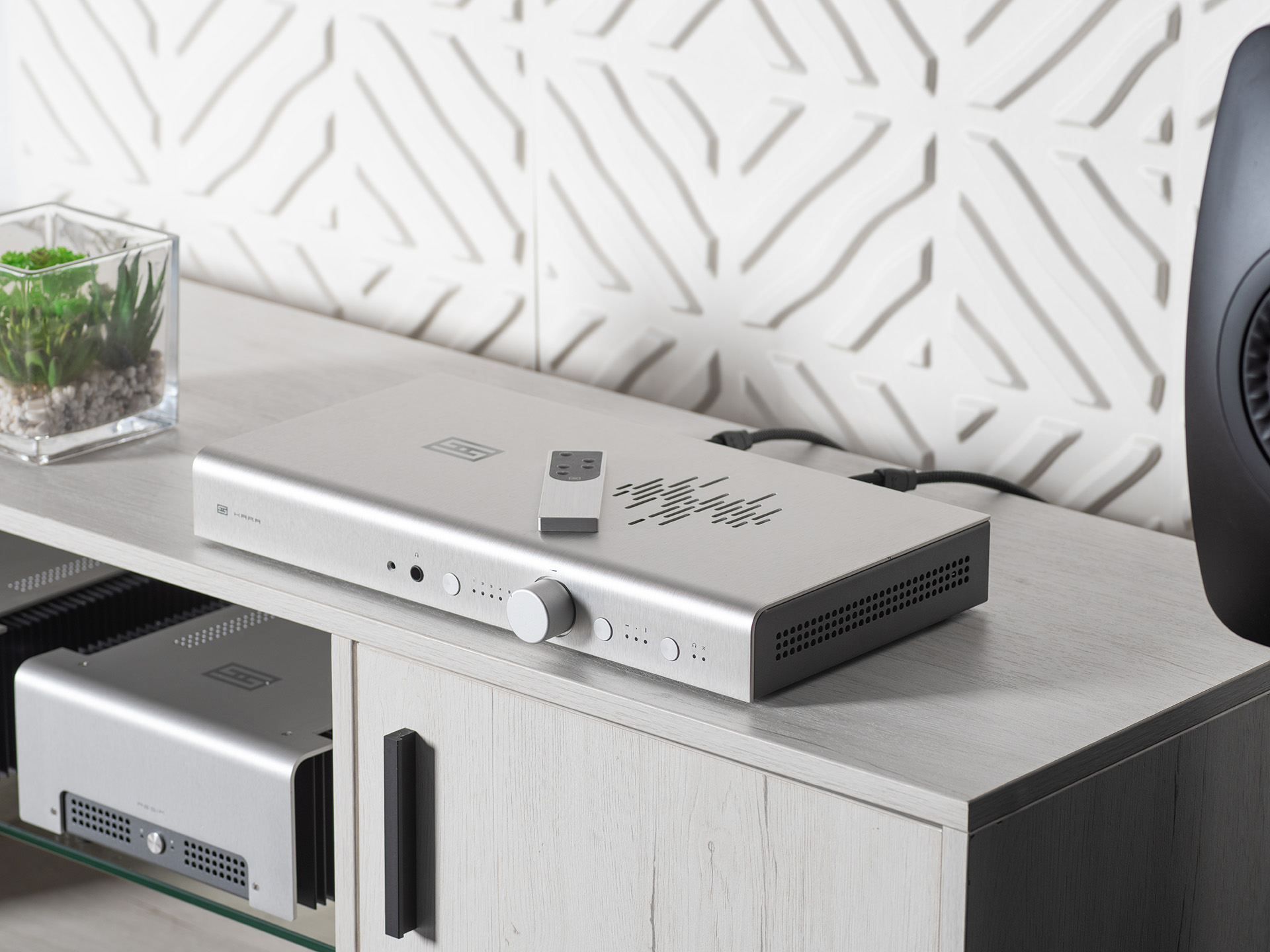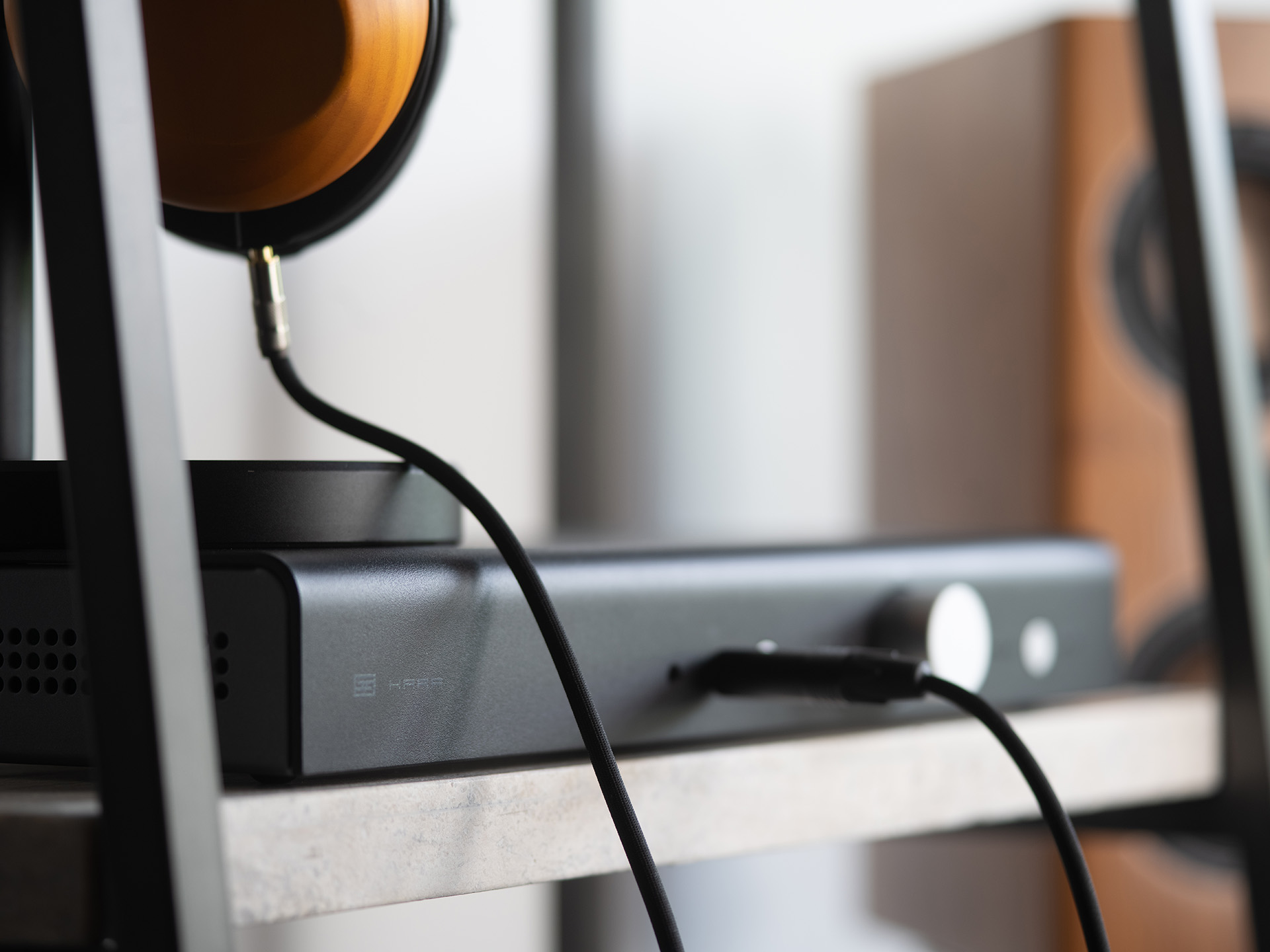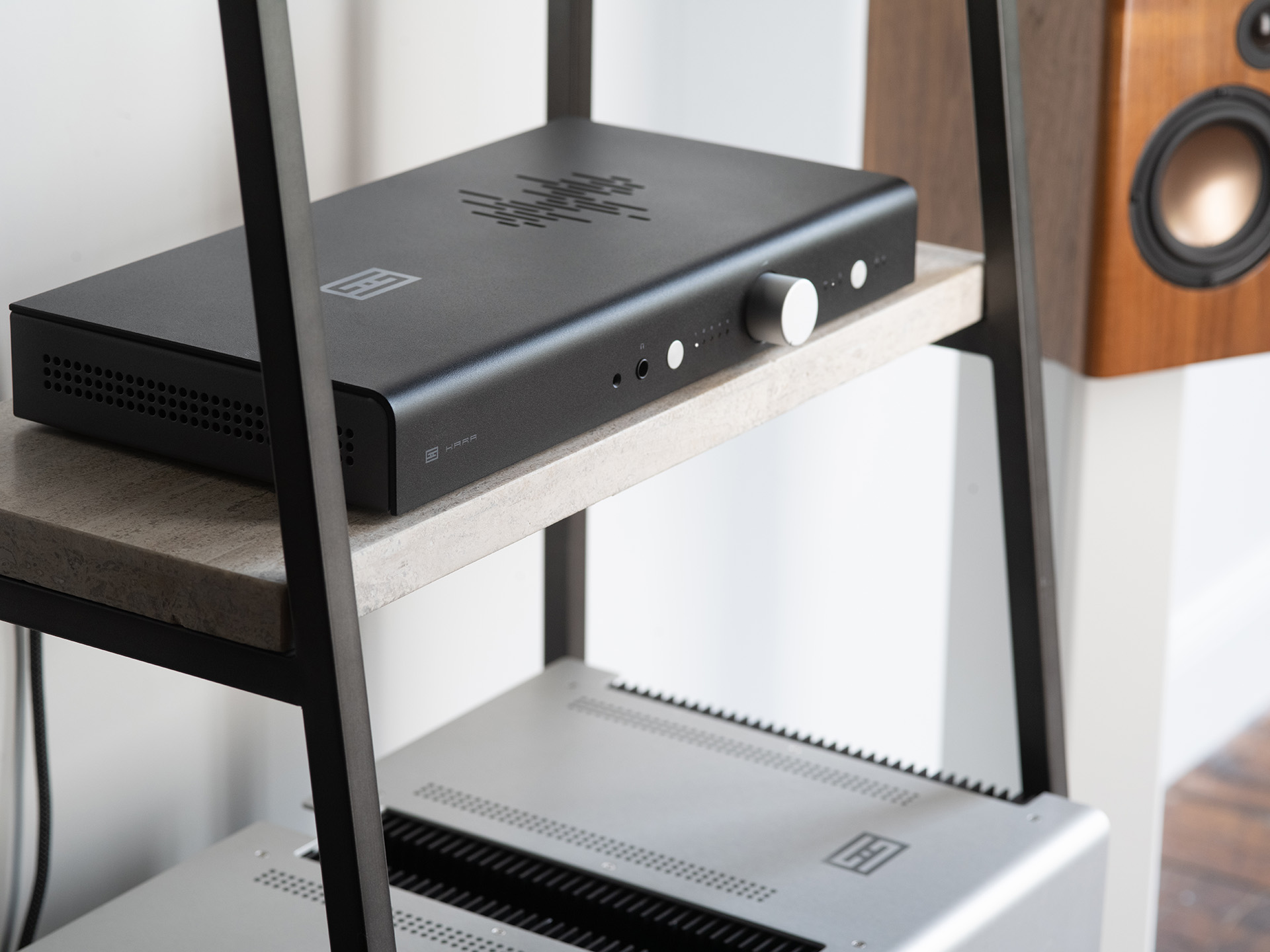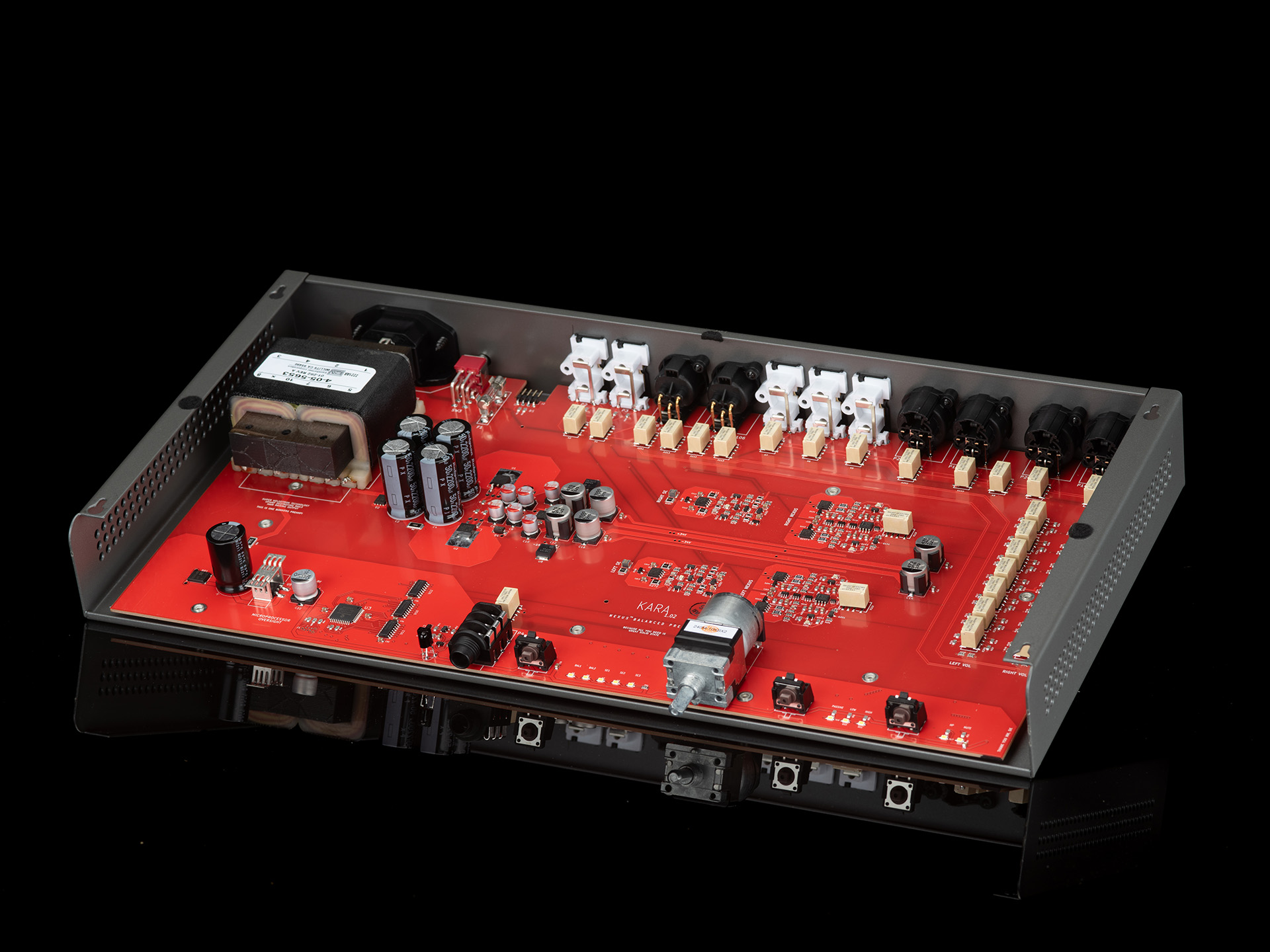Balanced to Balanced
Gain: 1 (0dB)
Frequency Response: 20Hz-20Khz, -0.1db, 3Hz-500KHz, -3dB
THD: <0.0002%, 20Hz-20KHz, at 4V RMS
IMD: <0.0002%, CCIR
SNR: >129db, A-weighted, referenced to 4V RMS
Gain: 4 (12dB)
Frequency Response: 20Hz-20Khz, -0.1db, 3Hz-300KHz, -3dB
THD: <0.0004%, 20Hz-20KHz, at 4V RMS
IMD: <0.0004%, CCIR
SNR: >123db, A-weighted, referenced to 4V RMS
Balanced to SE, x1 Gain
Frequency Response: 20Hz-20Khz, -0.1db, 3Hz-500KHz, -3dB
THD: <0.0003%, 20Hz-20KHz, at 2V RMS
IMD: <0.0003%, CCIR
SNR: >123db, A-weighted, referenced to 2V RMS
SE to Balanced, X1 Gain
Frequency Response: 20Hz-20Khz, -0.1db, 3Hz-500KHz, -3dB
THD: <0.0015%, 20Hz-20KHz, at 4V RMS
IMD: <0.0022%, CCIR
SNR: >122db, A-weighted, referenced to 4V RMS
Headphone, X1 Gain
Maximum Power, 32 ohms: 1W RMS per channel
Maximum Power, 300 ohms: 1W RMS per channel (yes same as 32 ohms)
SNR: >123db, unweighted, referenced to 2V RMS
Crosstalk: >-90dB
Output Impedance: 0.25 ohms
Passive
All specifications limited by APx555 analyzer capability
Topology: Nexus™; current feedback with nested differential stages; discrete summed single-ended outputs with high-current headphone capability; intelligent headphone oversight and protection
Input Impedance: 10K ohms
Output Impedance: 75 ohms SE, 600 ohms balanced
Crosstalk: >110dB typical all modes
Inputs: 2 XLR pairs plus 3 RCA pairs, selectable via front switch or remote
Outputs: 1 XLR pair plus 2 RCA pairs, selectable via front switch or remote
Volume Control: relay-switched stepped attenuator with discrete thin-film resistors, 128 0.625dB steps
Power Supply: One 48VA transformer with dual series regulated +/-32V rails with Quietude™ topology; plus regulated 5VDC for microprocessor
Power Consumption: 22W typical
Size: 16” x 8” x 2”
Weight: 11 lbs

